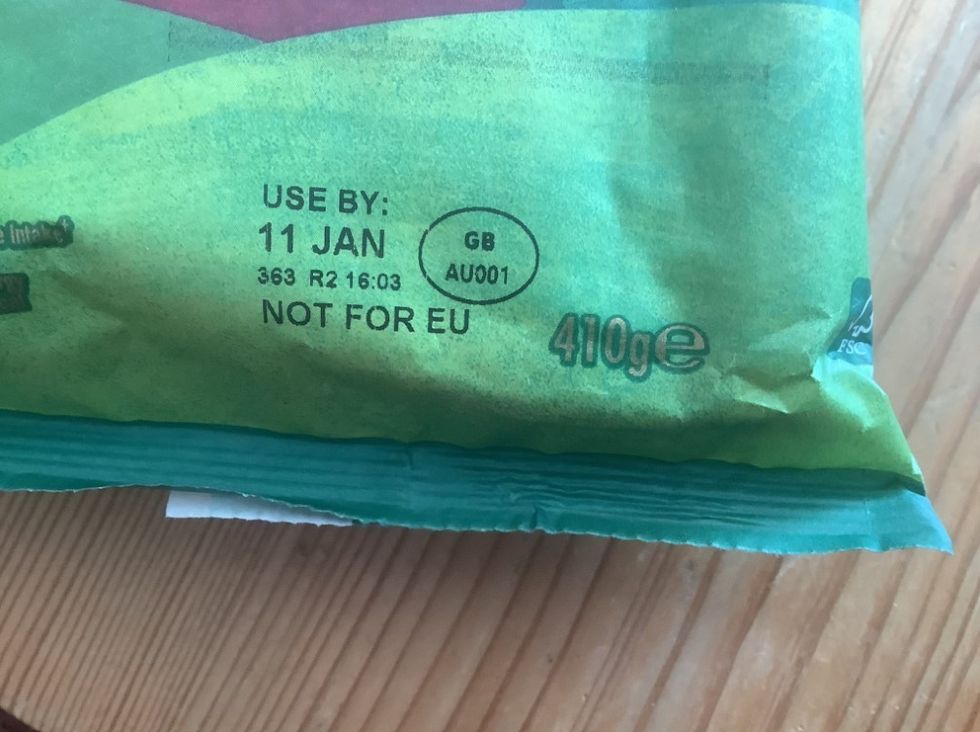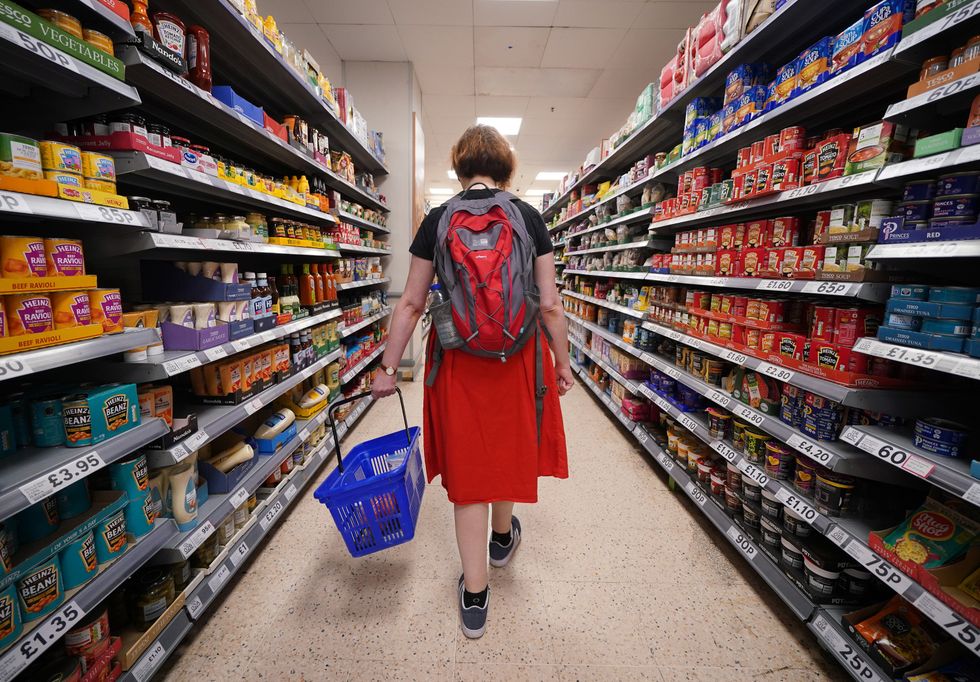Post-Brexit 'not for EU' food labels spark confusion as Britons fear food is 'inferior quality'
New post-Brexit packaging has left some Britons confused about the quality of their food
Don't Miss
Most Read
Trending on GB News
New post-Brexit rules means shoppers will now see 'not for EU' labels on food packaging.
However, some Britons have been left confused by what this labelling means.
The new packaging is already required on products moving from Britain to Northern Ireland.
This includes meats, fruits and vegetables and it was put into place in October 2023.

'Not for EU' packaging has confused some Britons
X
The rules were introduced to ensure foods are not moved onwards to the EU.
'Not for EU' labels will also be seen on foods in Britain later this year.
This will affect meat and dairy products sold in the UK from October 2024, with more foods to follow.
The labelling has been introduced to ensure foods in Britain can be sold in Northern Ireland.
While this isn't enforced yet, some supermarkets have already made the changes to packaging.
This has caused confusion among some Britons who do not know what the "not for EU" labels mean.
Posting on X, one wrote: "I was in London at the weekend and 'not for EU' labelling is already in all the supermarkets I notice, including sausages."
Another claimed: “[Presume we're] not meeting EU food safety standards. Good enough for little Englanders who thrive on second-rate everything though.”
LATEST DEVELOPMENTS

Shoppers will notice the new packaging in supermarkets
PA
One more questioned: “Does that mean [it’s] made to a lower standard?”
Another said: "Already seen 'Not for EU' on foods, it makes you wonder if it is inferior quality."
The new label may have confused some but it does not signify a difference in the quality of food.
British food standards are nearly identical to what they were before Brexit.









